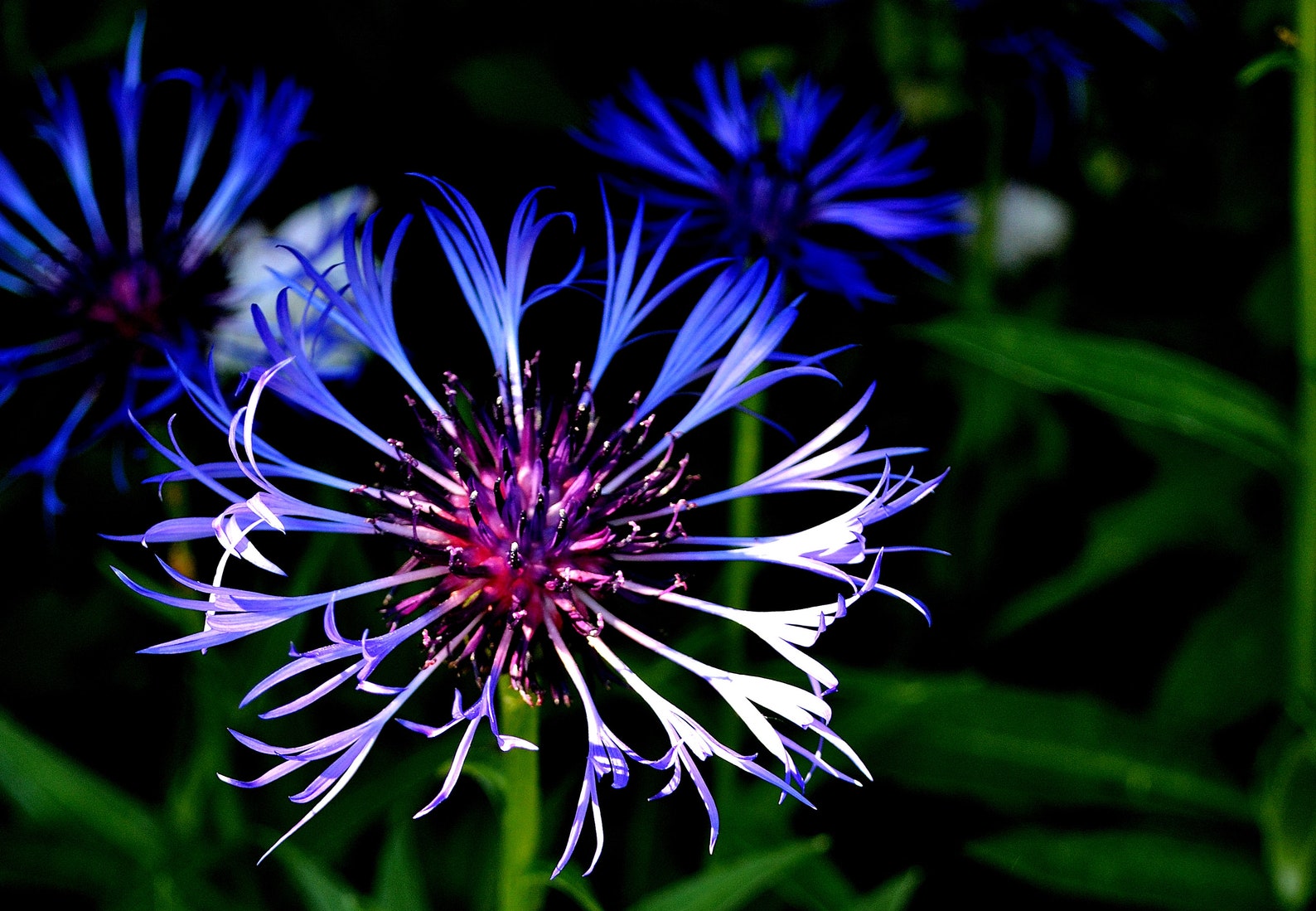
Perennial bee balms are vigorous growers, so regular division every 2 to 3 years is necessary to keep them in check. Remove spent flowers to encourage rebloom. To create a bushier plant, pinch stem tips as new growth emerges in early spring. The pungent leaves are reminiscent of sage and can be brewed for tea or added to salads and other dishes, while flowers serve as a colorful garnish. Bee balm was historically used by indigenous tribes and early settlers for medicinal and culinary purposes. Background:Ī member of the mint family, bee balm is native to woodland and prairie regions of North America, comprising 15 species of annuals and clump-forming rhizomatous perennials. See more safe plants: 20 Common Plants Safe for Cats & Dogs. The crushed leaves act as a natural mosquito repellent. The scented flowers and foliage have a wide range of medicinal and herbal qualities and can be used for tea, potpourri, garnishes, and rubs. Toxicity:īee balm is not harmful to children or pets.

Aromatic oval to lance-shaped leaves are green or blue-green. Blooms occur on long square stems-sometimes layered on top of each other-in shades of red, pink, lavender, white, or purple.

Sage-like flowers that are reminiscent of fireworks produce arching tubular petals in terminal whorls, often with colored bracts. Late spring to fall Color and characteristics:

#Blue bee balm plant full#
Plants bloom best and are less susceptible to disease when planted in full sun. Varieties from 10 inches to 4 feet tall, and 8 inches to 3 feet wide.


 0 kommentar(er)
0 kommentar(er)
